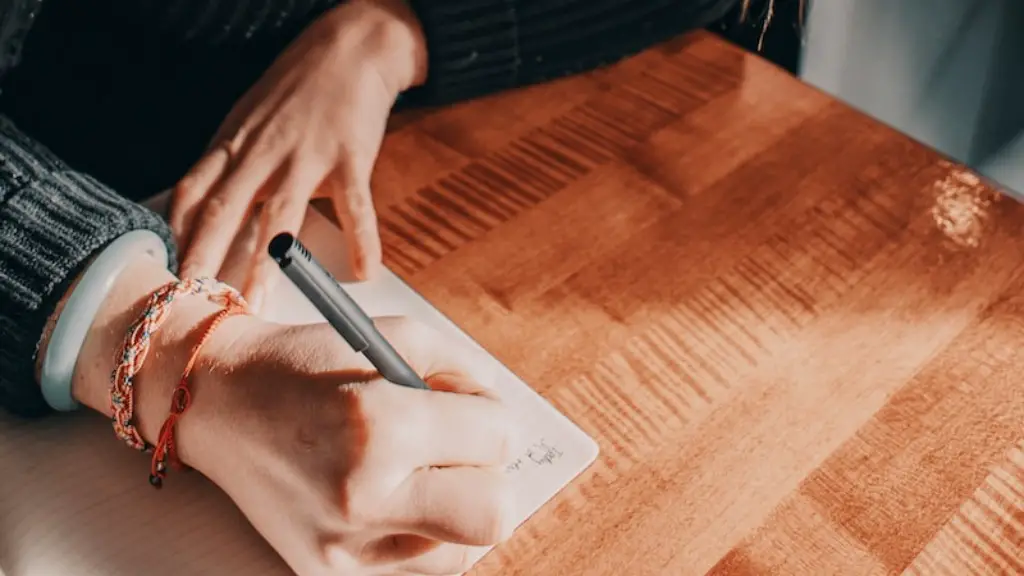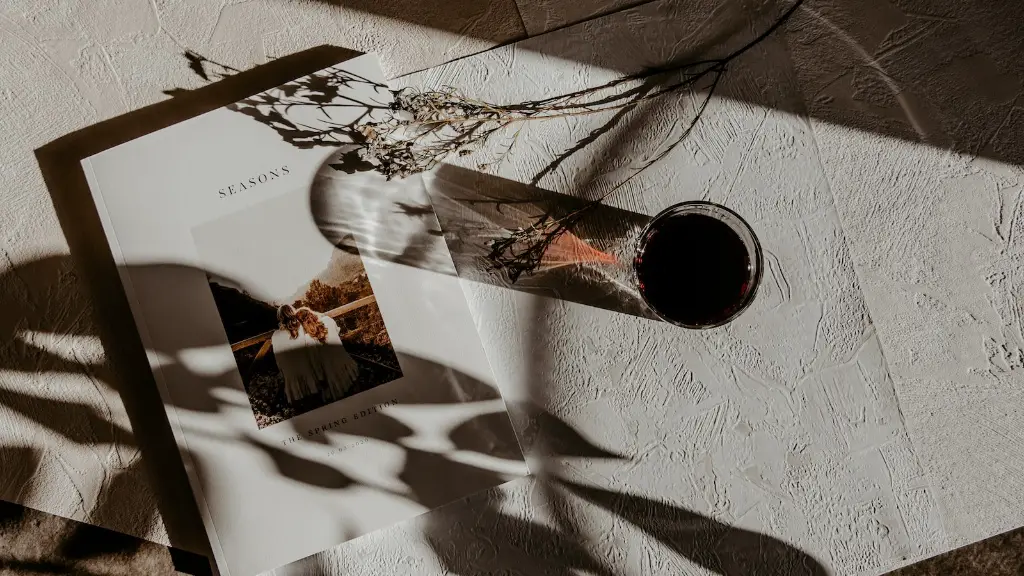Introduction
As an aspiring poet, submitting your work for publication is a crucial step in developing your craft. Many publications accept online submissions, which allows poets to make their work available to a broader audience. But it’s important to ensure that your submission is properly formatted and structured. In this article, we’ll look at how to ensure that your poetic works comply with the requirements of the publication you’re submitting to, and how to properly format your poem for online submission.
Structure
Before submitting your poetry, it’s important to consider the structure of your poem. Poems can be broken down into several components, including the stanza, line, and meter. To ensure your poem is formatted correctly for publication, it’s important to adhere to the same structure for each stanza throughout your work. Additionally, you’ll need to make sure that each line of your poem follows the same meter as the other lines. This will ensure that your poem reads smoothly and has a balanced rhythm.
Tips for Formatting
When formatting your poem for submission, there are several tips you can follow to ensure that your work meets the publication’s standards. First, you’ll want to make sure that your poem is properly structured: use indents and line breaks to keep it organized and readable. Second, you’ll want to adhere to the correct font size and font type: most publications prefer Times New Roman or Arial font with a size of 12. Finally, it’s important to make sure that your poems follows the correct line spacing: again, most publications prefer 1.5 or double line spacing.
Refining Your Poems
Once you’ve completed your poem and ensured that it’s correctly formatted, you should take a step back and take a look at your poem with a critical eye. Are there any sections that don’t seem to fit? Are the rhythm and flow consistent throughout the poem? Does the poem have a sense of unity, or does it seem disorganized? By evaluating your poem objectively, you can make sure that your submission is in its best possible shape before you send it off.
Submitting Electronically
When submitting your poem electronically, it’s important to take time to make sure you have all the necessary information. Make sure you know the name of the publisher you’re submitting to, as well as the deadline for submission. Additionally, if the publication has a specific format for electronic submissions, such as a specific file format or size, make sure to follow their guidelines. Finally, make sure to double-check your submission before you submit it: even minor errors, such as forgetting to include your name or address, can result in your submission being rejected.
Following Up
Once you’ve made your submission, it’s important to follow up with the publisher to ensure that they’ve received your poem. Most publishers will provide a confirmation email once they’ve received your submission, and will provide further information on the status of your poem. Additionally, if you haven’t heard back from the publisher within a reasonable amount of time, don’t hesitate to contact them directly.
Staying Creative
After your poem has been published, it’s important to take some time to recharge and reflect on your work. Each poem you write is a learning experience, and it’s important to take the time to learn from each experience. Remember, the best way to stay creative and develop your craft is to keep writing.
Marketing Your Work
Once your poem has been published, don’t forget to market it! Social media is a great way to promote your work, as it not only allows you to reach a wider audience, but also allows you to connect and engage with readers. Additionally, don’t forget to add a link to your poem in any online biographies or profiles – this can help readers learn more about you and your work.
The Editing Process
Once you’ve submitted your poem, it’s important to remember that you will most likely be asked to revise or edit it before it’s accepted for publication. It’s important to take the time to review any revisions and make sure that the poem is still true to your voice and your vision. Additionally, don’t hesitate to contact the publication if you have questions or concerns about the editing process.
Signing Contracts
Before your poem can be published, you’ll likely be asked to sign a contract. It’s important to read through the document carefully and make sure you understand the rights and responsibilities of each party. Remember, you have the right to negotiate the terms of any contract, so don’t hesitate to contact the publisher and discuss any points that you’re unsure of.
Self-Publishing
Finally, if you don’t feel that traditional publishing is the right fit for you, don’t forget to consider self-publishing. Self-publishing can be a great way to get your work out into the world, as it allows you to have complete control over the process, from distribution to marketing. Additionally, self-publishing gives you the freedom to experiment and try new formats, such as ebooks or podcasts.


